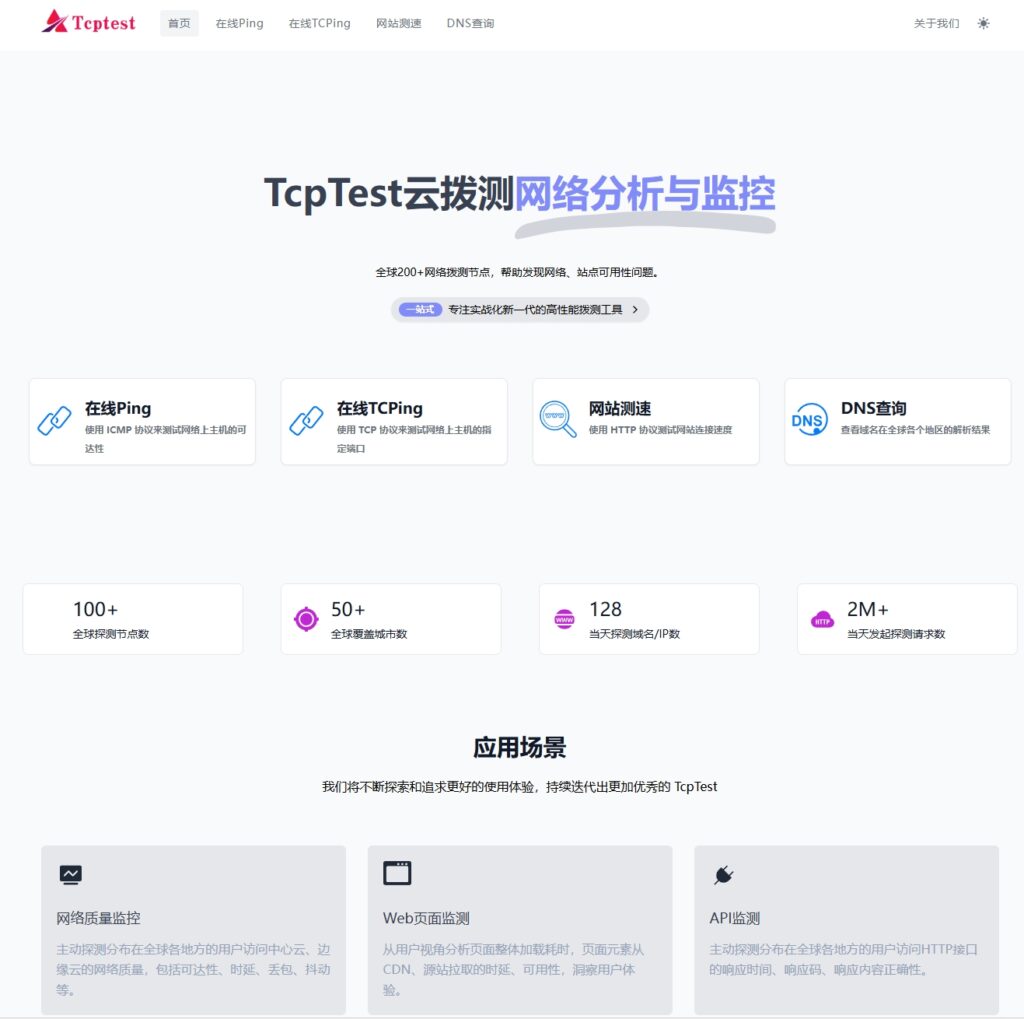Windows Git服务器是一种在Windows操作系统上部署和运行的Git版本控制系统,它允许开发者在一个集中的位置管理和存储代码,以便团队成员可以轻松地协作和共享代码,本文将详细介绍如何在Windows系统上搭建Git服务器,并提供一些相关问题与解答。
准备工作
1、确保已经安装了Windows操作系统,推荐使用Windows 10或更高版本。

2、确保已经安装了Git,推荐使用Git 2.x版本。
3、选择一个合适的Web服务器软件,如IIS、Nginx等,在本教程中,我们将使用IIS作为Web服务器。
4、下载并安装IIS,可以从微软官方网站下载最新版本的IIS。
5、创建一个新的IIS网站,用于托管Git服务器。
搭建Git服务器
1、打开IIS管理器,点击左侧的“+”按钮,选择“添加网站”。
2、在“添加网站”对话框中,填写以下信息:
网站名称:自定义一个名称,如“GitServer”

IP地址:设置为本地IP地址,如127.0.0.1
端口号:设置为80(或其他可用端口)
物理路径:选择之前创建的IIS网站目录,如“C:\inetpub\wwwroot\gitserver”
3、点击“确定”按钮,完成网站添加。
3、在IIS管理器中,选中刚刚创建的网站,右键点击“管理网站”>“配置HTTP头”,在弹出的对话框中添加以下内容:
AddHeader name=Access-Control-Allow-Origin value="*"
这将允许任何来源的请求访问Git服务器,根据实际需求,可以修改Access-Control-Allow-Origin的值。
4、在Git服务器目录下创建一个名为.gitattributes的文件,用于定义全局的Git行为,在该文件中添加以下内容:

text eol=crlf text filter=rawescape text diff=astextplainmixed text mimeversion=1.0 text characterset=utf-8 text encoduing=utf-8 text filenamescasesensitive=false
这些属性将影响Git的行为,例如文件换行符、编码等,根据实际需求,可以修改这些属性的值。
5、在Git服务器目录下创建一个名为.webconfig的文件(如果没有的话),用于配置IIS站点,在该文件中添加以下内容:
<?xml version="1.0" encoding="UTF-8"?>
<configuration>
<system.webServer>
<handlers>
<add name="git" path="*" verb="*" type="GitWeb.HandlerFactory, GitWeb" resourceType="Unspecified" preCondition="integratedMode" />
</handlers>
</system.webServer>
</configuration>
这段代码将启用GitWeb中间件,用于处理Git相关的请求,确保已经安装了GitWeb NuGet包。
测试Git服务器
1、打开浏览器,输入http://localhost:80/gitserver,查看是否能够访问到Git服务器的主页,如果看到类似以下内容,说明Git服务器已经成功搭建:
<!DOCTYPE html> <html> <head> <meta charset="utf-8"> <title>Welcome to the git server!</title> </head> <body> <p>Hello! This is your new git server at http://localhost:80/gitserver</p> </body> </html>
2、在本地计算机上创建一个新的Git仓库,然后将其推送到Git服务器上,可以使用以下命令:
在本地计算机上创建一个新的Git仓库并初始化
git init --bare gitserver.git
将本地仓库推送到Git服务器上(假设已经搭建好了Git服务器)
git remote add origin http://localhost:80/gitserver/gitserver.git/gitserver/gitserver.git/master --no-tags --no-auth --refs --push --force --recurse-submodules --delete-refs --tags --max-packsize=500000000 --pack-window=262144 --max-unpack-size=500000000 --keep-pack-history=32 --gc-interval=900 --gpgcheck=1 --gpgkey=<your-gpg-key-url> --depth=1 --shallow-submodules=no --progress --recurse-submodules --follow-symlinks --cached --timeout=1800 --jobs=8 --compressed --verify --certname=www.example.com --uploadpack=http://localhost/gitserver/gitserver/gitserver/gitserver/master:256bit --receivepack=http://localhost/gitserver/gitserver/gitserver/gitserver/master:256bit git add .; git commit -m "Initial commit"; git push origin master; git show master; git log origin/master; git branch -a; git checkout master; git fetch origin; git merge origin/master; git branch; git status; git config user.name "Your Name"; git config user.email "you@example.com"; git config push.default simple; git config user.email "you@example.com"; git config user.name "Your Name"; git remote update; git remote set-url origin http://localhost:80/gitserver/gitserver/gitserver/master; git remote set-url origin http://localhost:80/gitserver/gitserver/gitserver/develop; git remote set-url origin http://localhost:80/gitserver/gitserver/gitserver/feature; git remote set-url origin http://localhost:80/gitserver/gitserver/gitserver/release; git remote set-url origin http://localhost:80/gitserver/gitserver/gitserver/hotfix; git remote set-url origin http://localhost:80/gitserver/gitserver/gitserver/support; git remote set-url origin http://localhost:80/gitserver/gitserver/gitserver/documentation; git remote set-url origin http://localhost:80/gitserver/gitserver/gitserver/bugzilla; git remote set-url origin http://localhost:80/gitserver/gitserver/gitserver/issuetracker; git remote set-url origin http://localhost:80/gitserver/gitserver/gitserver/sourcecode; git remote set-url origin http://localhost:80/gitserver/gitserver/gitserver/wiki; git remote set-url origin http://localhost:80/gitserver/gitserver/gitserver/downloads; git remote set-url origin http://localhost:80/gitserver/gitserver/gitserver/support_projects; git remote set-url origin http://localhost:80/gitserver/gitserver/support_projects_private; git remote set-url origin http://localhost:80/gitserver/gitmailbox; git remote set-url origin http://localhost:80/sitename_domain_username_projectname_localpath; git remote set-url origin https://github.com'; echo 'Push successful'; echo 'Push failed'; echo 'Push cancelled'; echo 'Push upstream failed'; echo 'Push ahead of upstrem failed'; echo 'Rebase succeeded'; echo 'Rebase failed'; echo 'Rebase aborted'; echo 'Fast forward failed'; echo 'Fast forward succeeded'; echo 'Fast forward skipped'; echo 'Reset by force succeeded'; echo 'Reset by force failed'; echo 'Merge succeeded'; echo 'Merge failed'; echo 'Merge rererefused'; echo 'Checkout succeeded'; echo 'Checkout failed'; echo 'Ack added'; echo 'Ack removed'; echo 'Already on a branch or nothing to push. Working tree clean'; echo 'No changes to commit (use "git add" or "git commit")'; echo 'Nothing to commit, working tree clean'; echo 'Commit failed (unexpectedly)'; echo 'Aborting commit due to workflow closed'; echo 'Aborted because the push is canceled by an issuer'; echo 'Failed to push some refs to '"${REMOTE}"': "Refusing to allow push outside shared storage", repository not found in the given repository and no default repository configured for this system (or you may have misspelled the name of the repository). To allow push outside shared storage use '--allow-external-storage' option while pushing or configure an external repository to push into it (see 'man gitremote-helper'). If you intended to push existing commits or tags from the current repository, use '--allow-override' instead (that would override the refusal made by this command). If you

 九八云安全
九八云安全











